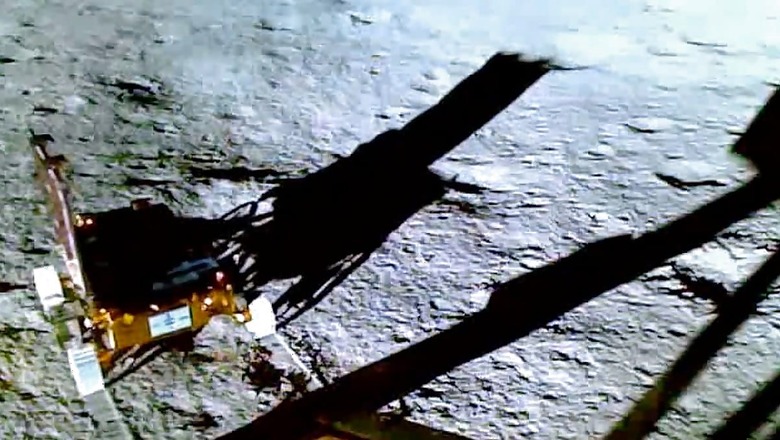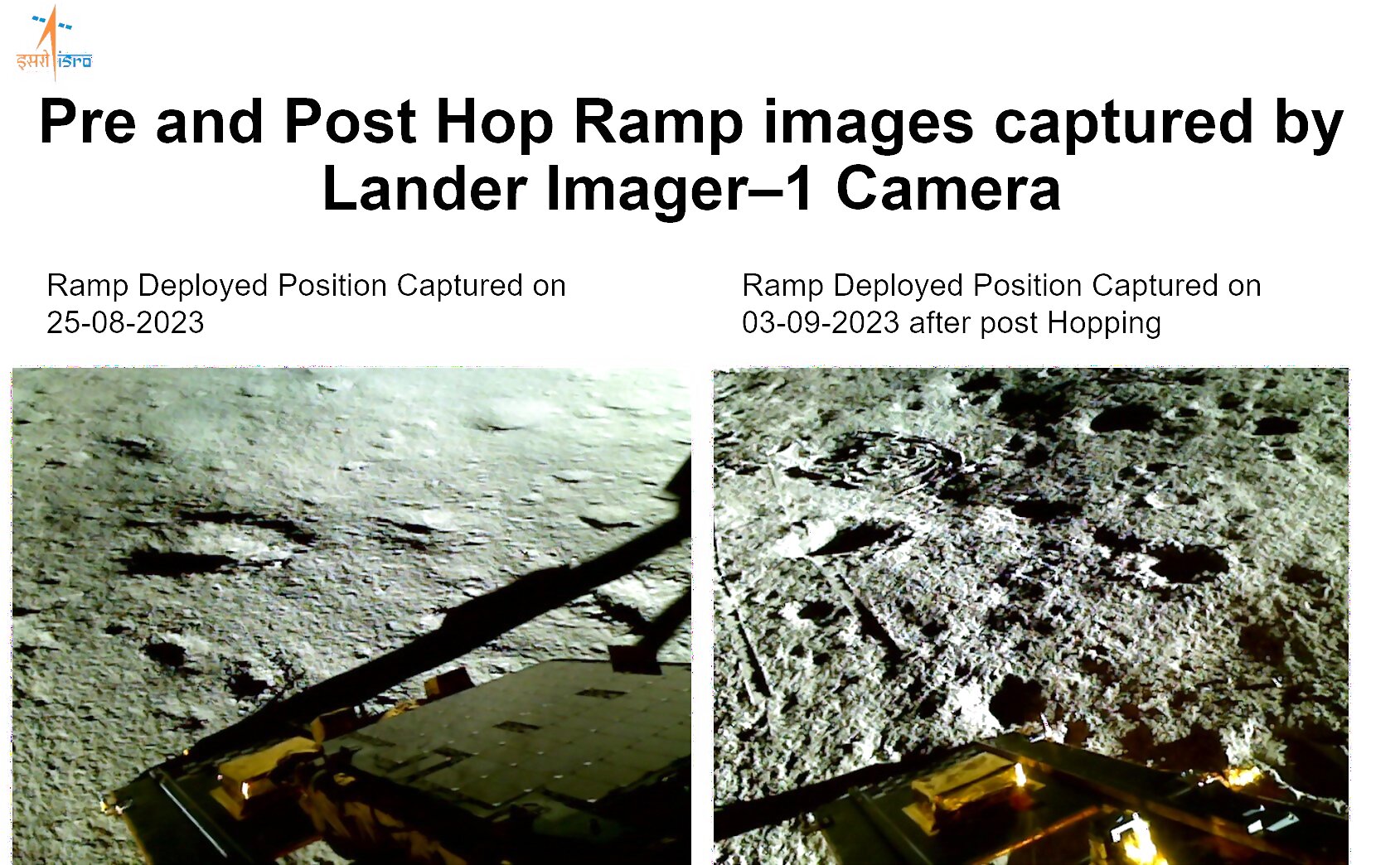
views
Almost a month after its historic moon landing, Chandrayaan-3 is gearing up for another experiment. As the Sun rises above the horizon, the Indian Space Research Organization (ISRO) will try to re-start Lander Vikram and Rover parked next to each other on the South Pole of the Moon.
After nearly two weeks of slumber in the cold lunar desert, the spacecraft credited for achieving India’s biggest moment in space will be activated again. The experiment, if successful, could add to ISRO’s prowess as a spacefaring nation — one that will be closely watched by the US, Russia and China which are raring to set up their base on the lunar South Pole.
WHAT WILL ISRO ATTEMPT TO DO?
The Sun hovers just above the horizon near the South Pole, giving just enough sunlight to activate the solar panels and recharge the batteries of the spacecraft. However, when the sun sets, the temperatures can drop to as low as -200℃ and everything just freezes. There is no air in the frigid land.
Russia’s Luna-25, which crash-landed on August 19 due to an anomaly, was designed to operate for a complete Earth year on the lunar South Pole. So, until some on-board arrangements are made to protect the spacecraft during the night, it cannot re-start. But Chandrayaan-3 was originally designed to operate for 14 Earth days (one lunar day), which it has successfully carried out.

Now, if India succeeds in re-starting it after a full lunar night, it will be able to demonstrate that its scientific equipment can withstand the extreme conditions, and still function. Both the Lander and Rover could perhaps then collect more observations. But even if it does not re-start, the experiment will add to a rich set of observations and learnings from the Moon, considering that Chandrayaan-3 is the first and only spacecraft to land on the South Pole — precisely 600 kilometres from it.
“It is just a chance that ISRO is taking. With its main scientific objectives met, the space agency is attempting to explore more with this mission. It is more like an experiment. The energy stored in it from the previous day will give it an initial start, but we will have to wait and see how it responds to the sunlight,” says senior space expert Ajey Lele, consultant with the Manohar Parrikar Institute for Defence Studies and Analyses (IDSA).
WHY IS IT IMPORTANT?
Both the Lander and Vikram were put into sleep mode in the morning of September 4. “Vikram will fall asleep next to Pragyan once the solar power is depleted and the battery is drained. Hoping for their awakening, around September 22,” ISRO had announced.
But before calling it a day, ISRO had fired its engines, elevated the Lander by about 40cm and tried to make it land safely at a distance of about 30-40 cm away. The team succeeded, and scientists showed that the spacecraft can hop on the Moon. The two payloads — ChaSTE and ILSA — were folded back by deploying the ramp, and re-deployed successfully after the experiment. They were tested again at the new location and once the data was received at the Earth, the payloads were switched off. Lander receivers were kept ON to keep the communication. Even though it was not planned, the demonstration would help ISRO in future moon missions — especially to collect rock/soil samples and return them to Earth.
According to experts, the re-start attempt must also be looked at as an experiment. If all systems perform nominally and are healthy, ISRO may be able to get some more observations.
Chandrayaan-3 was originally designed to operate for 14 Earth days, which it has successfully carried out. Both the Lander and Rover had as many as six scientific payloads which collected a treasure trove of data. It not only recorded a natural seismic activity on the moon, but temperature variations on the lunar regolith by inserting a probe and discovered minor elements like Sulfur, apart from the major expected elements such as Aluminum, Silicon, Calcium, Iron on the South Pole.














Comments
0 comment